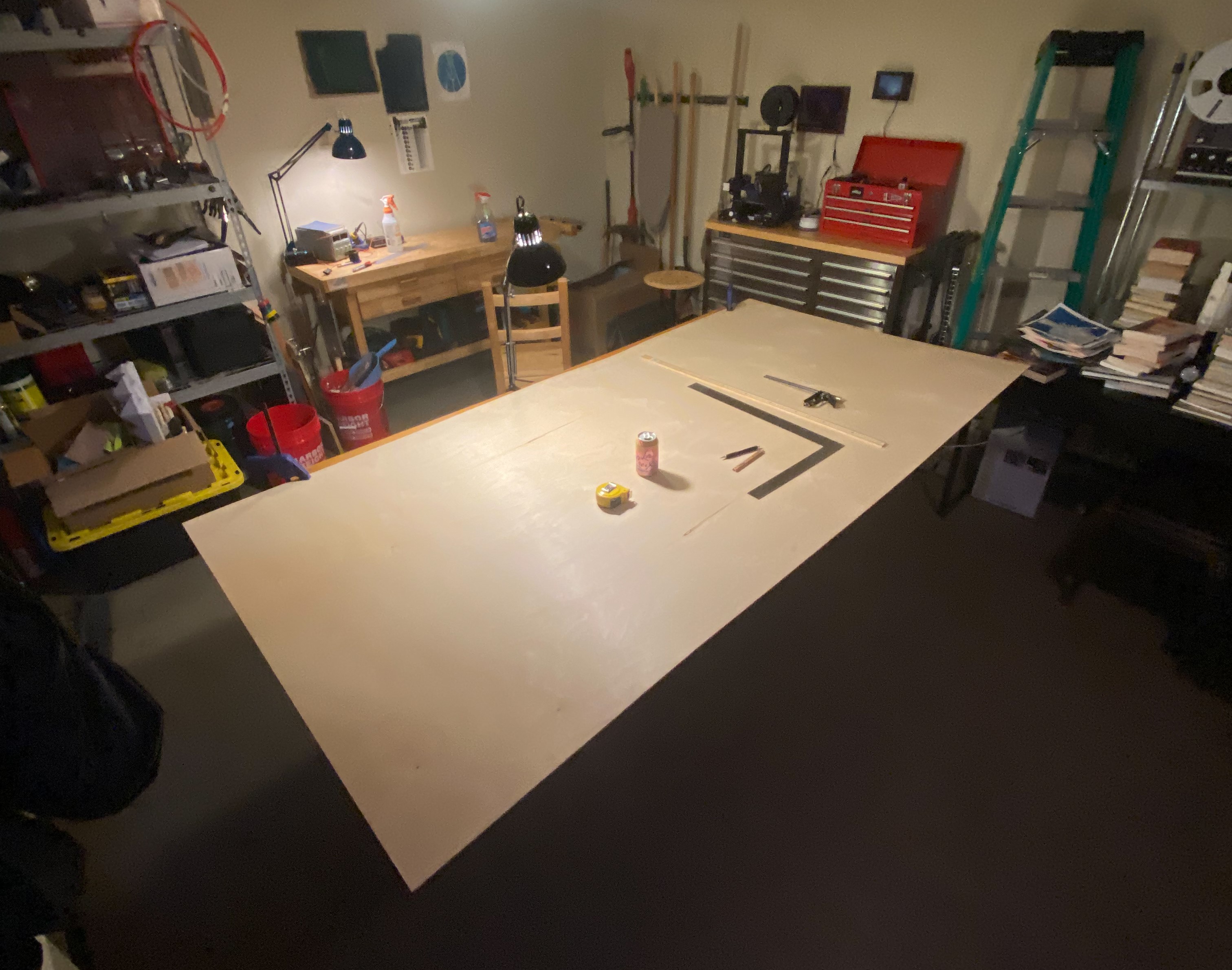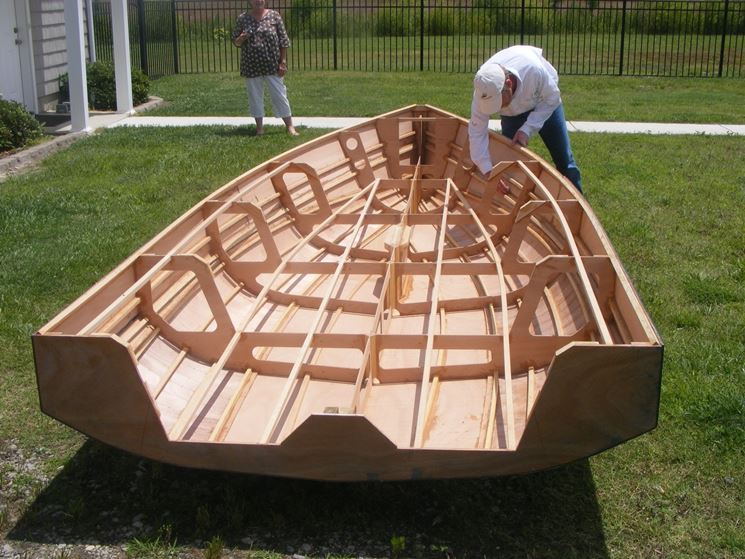Building Your Dream DIY Fishing Boat? Don't Forget These Safety Essentials!
So, you're tackling the ambitious project of building your own fishing boat? That’s awesome! Building a boat is a serious undertaking, a testament to your skills and dedication. But let's be real, getting out on the water is no joke. Safety should be your absolute top priority, even before that perfectly polished finish. This isn't just about avoiding a little scrape; it's about coming home safe and sound, every single time. Let's dive into the must-have safety features for your DIY fishing boat.
Essential Navigation and Communication Equipment
Even if you're just planning on fishing in a calm lake close to shore, you need to be prepared for the unexpected. The weather can change in a heartbeat, and having the right gear can make all the difference between a great day and a real emergency.
Navigation Lights
Absolutely crucial, especially if you plan on being out after sunset. These lights signal your presence to other boats and prevent collisions. Make sure you understand the rules of navigation lights and install them correctly. There are specific regulations depending on your boat size and location, so do your research!
GPS and Chartplotter
A GPS isn't a luxury; it's a lifesaver. It helps you navigate, mark fishing spots, and most importantly, find your way back if you get lost or disoriented. A chartplotter combines GPS with nautical charts, giving you a visual representation of your location and surrounding waters. It's a worthwhile investment for peace of mind.
Marine Radio
A VHF (Very High Frequency) marine radio is a lifeline. It allows you to communicate with other boats, coast guard, and marinas in case of an emergency. You'll need to obtain a license to operate a VHF radio, but it’s a small price to pay for the safety it provides. Think of it as your emergency phone, specifically designed for marine use.
Compass
While a GPS is amazing, it’s always good to have a backup. A reliable compass is a simple but essential navigational tool, especially if your electronics fail. It's a low-tech solution to a high-stakes problem.
Safety Gear: Your First Line of Defense
This is where things get really personal. You need to be prepared for anything, from a simple fall overboard to a full-blown emergency. Don't skimp on this; your life depends on it.
Life Jackets (Personal Flotation Devices - PFDs)
This is non-negotiable. Every person on board, regardless of swimming ability, needs a properly fitted life jacket. Make sure they're US Coast Guard approved and appropriate for your type of boating. And please, wear them! Seriously.
Throwable Life Preserver
Having a readily available throw cushion or ring buoy is essential for assisting someone who's fallen overboard. It can make all the difference in a rescue attempt.
First-Aid Kit
Pack a comprehensive first-aid kit designed for marine environments. Include items for treating cuts, burns, and other common injuries. Consider including motion sickness medication and any personal prescription medications you might need.
Emergency Signaling Devices
In a true emergency, you need to be able to alert others to your situation. This could include flares (check local regulations â€" some flares require special permits), a handheld air horn, or a waterproof emergency strobe light. Make sure you know how to use these devices properly.
Boat Construction and Safety Features
The way you build your boat significantly impacts its safety. Cutting corners here is a recipe for disaster.
Bilge Pump
A bilge pump is vital for removing water that may accumulate in your boat's bilge (the lowest part of the hull). Having both a manual and automatic bilge pump provides redundancy in case of a power failure.
Floatation
Your boat should have sufficient buoyancy to stay afloat even if it takes on water. This might involve adding foam flotation to the hull or using inherently buoyant materials during construction. Understand the regulations for your boat's size and type.
Secure Seating
Make sure your seats are firmly attached and won't shift easily, especially in rough seas. Loose seating can lead to injuries in case of sudden movements.
Strong Hull Construction
This is the most important part! Use high-quality materials and construction techniques to ensure a strong and durable hull. A poorly built hull could crack under stress, leading to sinking or other severe issues.
Regular Maintenance and Checks
Building a boat is only half the battle; maintaining it is just as crucial. Regular checks are essential for ensuring everything is working correctly and safely.
Pre-Trip Inspection
Before every outing, inspect your boat's hull, engine, safety gear, and navigation equipment. Check for any signs of damage or malfunction. A quick check can prevent a lot of trouble.
Regular Maintenance Schedule
Develop a schedule for routine maintenance tasks, such as engine servicing, checking bilge pumps, and inspecting safety equipment. This will extend the life of your boat and keep it safe.
Commonly Asked Questions
Q: Do I need specific certifications to build and operate a DIY fishing boat?
A: Regulations vary by location. Check with your local authorities about licensing and registration requirements for both the boat itself and its operation. Depending on the size and type of boat, you might need specific certifications.
Q: How much should I spend on safety equipment?
A: Don’t skimp on safety! Prioritize your well-being. The cost of safety equipment is far less than the potential cost of a serious accident.
Q: What if I'm only fishing in calm waters close to shore?
A: Even in calm waters, unexpected situations can arise. Weather can change quickly, and having the proper safety gear is still crucial.
Q: Can I use cheaper, less durable materials to save money?
A: Absolutely not. Your safety depends on the quality and durability of your boat's construction. Compromising on quality can lead to catastrophic failure on the water.
Building your own fishing boat is a fantastic achievement. By prioritizing safety and equipping your vessel with the essential features outlined above, you'll be able to enjoy your new boat for years to come, knowing you've taken every precaution to ensure your safety and the safety of your passengers.



















